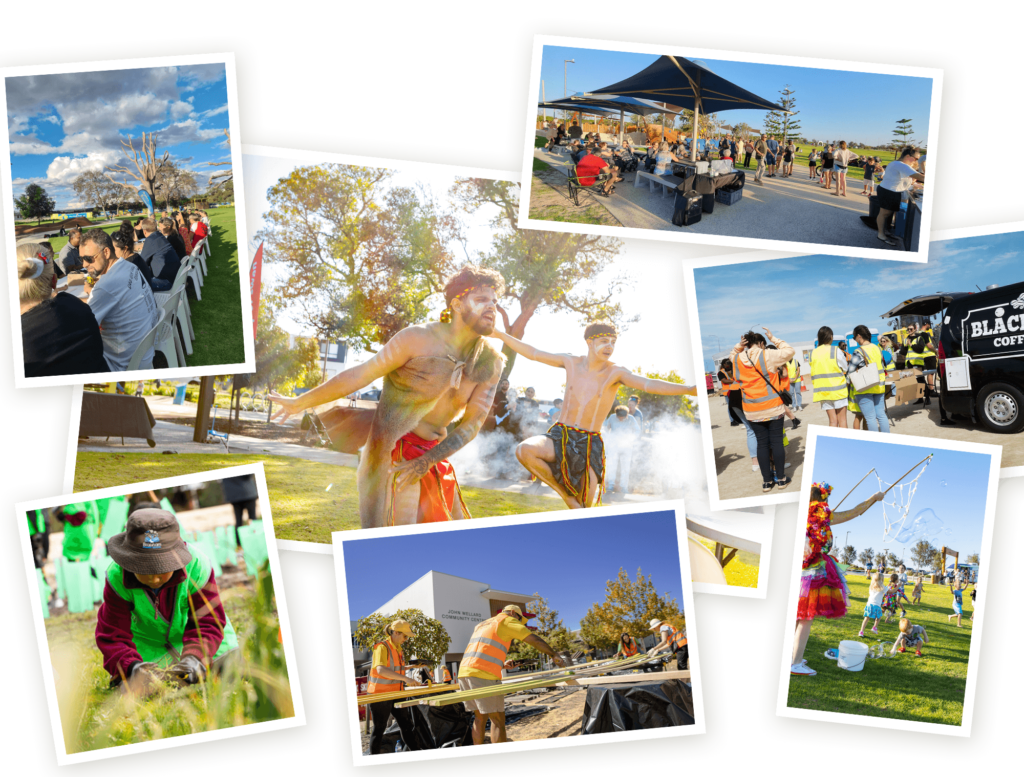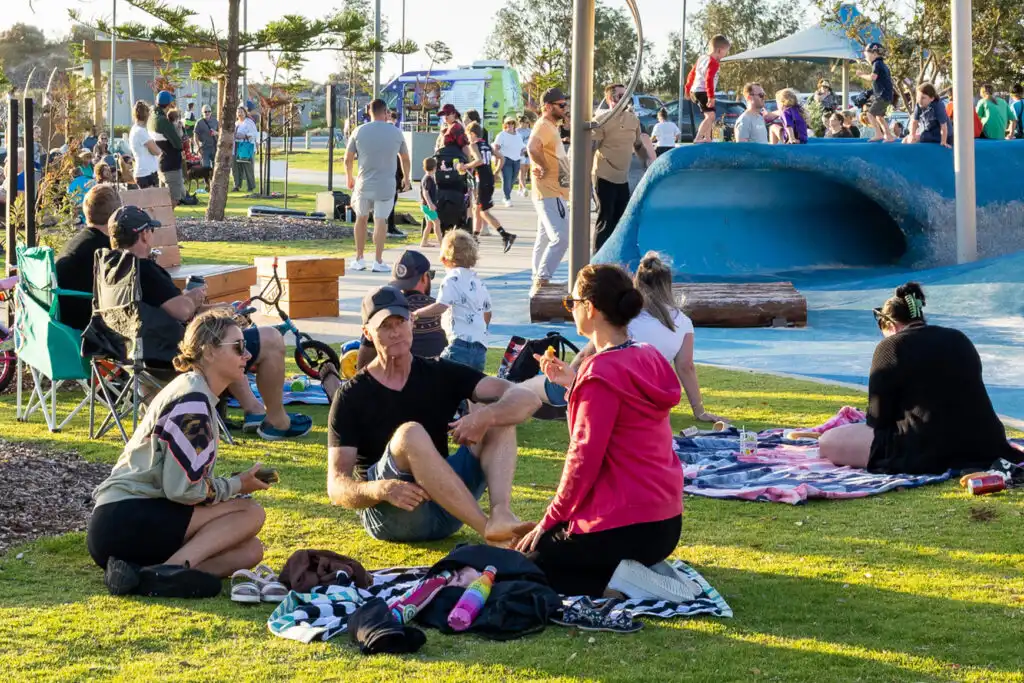If done well, quality community engagement can deliver some amazing benefits for both your organisation and the community. However, if done badly, it can actually create more problems and challenges than if no engagement was done at all.

Undertaking quality community engagement can be a daunting prospect for some people and organisations.
The “fear of engaging” is often the result of previous negative experiences where the engagement approach has led to unpleasant interactions, antagonism, outrage and aggression, rather than positive and productive outcomes.
Poor engagement is usually the product of ineffective planning; a limited understanding of the community is engaged; and the use of inappropriate engagement techniques.
Like anything that your organisation seeks to do well, quality community engagement requires effective research, a considered strategy and expert delivery.

Quality community engagement can:
- Develop relationships – it creates the conditions and culture that foster relationships that engender commitment, investment and buy-in into your priorities, projects and initiatives
- Inform decision making – it will inform your planning and decision making to ensure it responds to your priorities, while also creating mutual value for your organisation and the community
- Build capacity – it provides the platform for targeted support, collaborations and partnerships with organisations that will support your organisation’s approach, as well as developing community self-sufficiency
Organisations who do not engage effectively with stakeholders and the community may, in fact, generate a number of negative consequences, such as:
- A lack of support, opposition or outrage in regards to your project or services, which can result in delays, additional costs and reputation diminishment
- Little awareness of the benefits of what you are proposing
- Skewed feedback, with only those with the loudest voice, or the most resources being heard (i.e. too much influence given to too few – who may not represent the interests of the community)
- Poorly informed decisions – that may not be reliable or representative
- Inefficient targeting and allocation of resources
- A diminishment of trust in your organisation and its governance processes
- Disharmony – where the community may perceive that their views are not valued (or worse – that one group’s views are more important than others)
- A failure to identify and harness local capacity investment and community buy-in for your initiatives
- A public perception that engagement opportunities are just exercises in public relations or one-off events, rather than a genuine opportunity to connect

Some tips for ensuring your engagement is effective, include:
- Ensure there is a clear and consistent understanding of what level of influence the community will have.
- Select and apply the most effective methods to deliver a balance of representation and depth of involvement.
- Develop strategies to engage the “hard-to-reach” or “ambivalent”
- Be careful about allocating your time.
- Keep an eye on your own capacity to deliver.
- Achieve internal alignment before undertaking any external engagement.
- Avoid consultation fatigue
- Avoid the common call to hold a public/town hall meeting
Here at Creating Communities we are passionate about community and finding ways to reach all people who make up the communities we work in. Our Community Engagement Continuum shows the powerful effects that engagement can have on support for a project.





